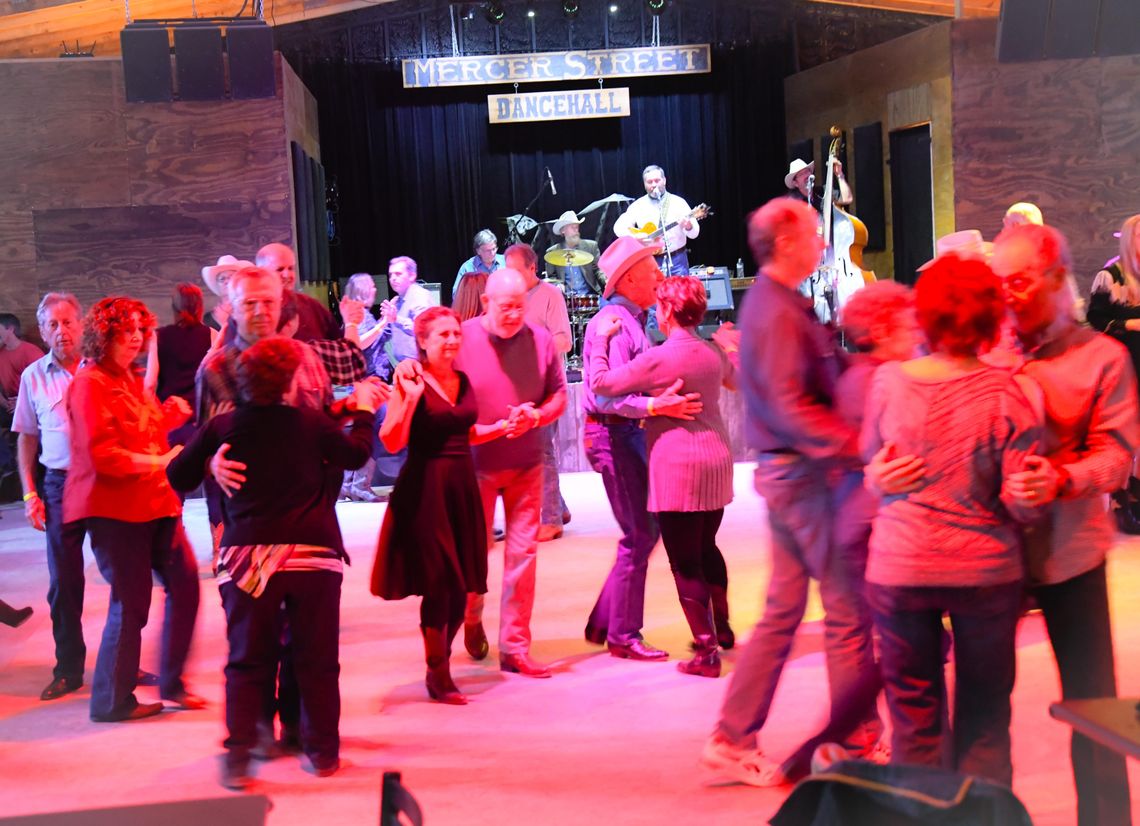Pulling onto the dirt and gravel parking lot — nestled under a canopy of live oak trees — the sounds of music and laughter pour out the front doors of the newly-constructed Mercer Street Dance Hall.
Fans have been flocking back to the new facility, just south of Dripping Springs on Ranch Road 12 since it re-opened at the end of 2018.
At a time when the rush has been to preserve aging dance halls across the Lone Star State, the relatively new kid on the block is enjoying its new digs in Driftwood.
PLEASE LOG IN FOR PREMIUM CONTENT. Our website requires visitors to log in to view the best local news.
Not yet a subscriber? Subscribe today!








